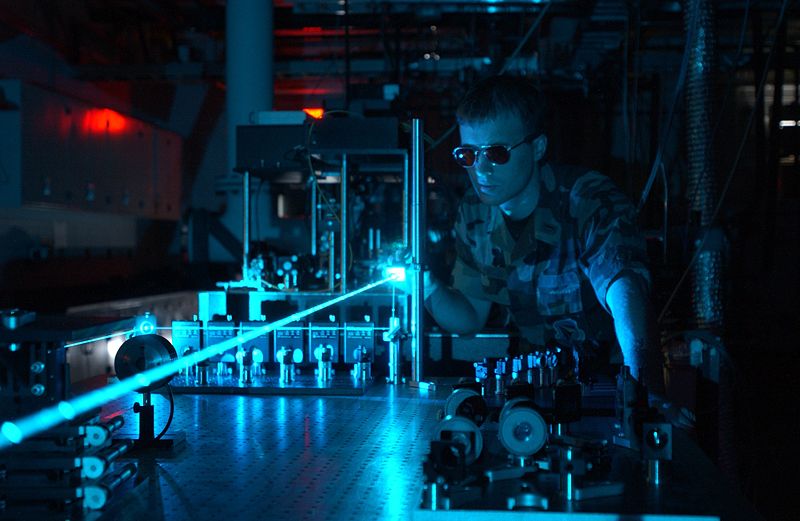 US scientists have developed a new way to image tissue in unprecedented detail but without resorting to harmful X-rays. Harvard researcher Mark Niedre and his colleagues, writing in this week's PNAS, describe how they have used short bursts of very intense laser light to produce three-dimensional images of mice, including animals with lung tumours. Previous attempts to use laser or visible light to image tissues has been frustrated by light scattering as it passes through the tissue, "rather like when you stick your thumb over a torch bulb and your entire finger glows red," says Niedre. This is because the photons (light particles) bounce about like a bullet ricocheting around a room as they pass through, and this produces a blurry image.
US scientists have developed a new way to image tissue in unprecedented detail but without resorting to harmful X-rays. Harvard researcher Mark Niedre and his colleagues, writing in this week's PNAS, describe how they have used short bursts of very intense laser light to produce three-dimensional images of mice, including animals with lung tumours. Previous attempts to use laser or visible light to image tissues has been frustrated by light scattering as it passes through the tissue, "rather like when you stick your thumb over a torch bulb and your entire finger glows red," says Niedre. This is because the photons (light particles) bounce about like a bullet ricocheting around a room as they pass through, and this produces a blurry image.
But the Harvard team have solved the problem by using ultrashort (picosecond) bursts of near-infrared laser light (which penetrates tissues very well), and recording only the first photons to pass through. This is because the photons that pass through the tissue the most quickly must have taken the shortest path and therefore been deflected the least. The team have even gone one step further and demonstrated that this technique, known as EPT or early-photon tomography can also be used to give biochemical clues about the nature of the tissue under scrutiny.
By injecting mice that had lung cancers with antibodies designed to glow in the presence of tumour tissue the team were able to pick up not just the location of the tumour but also reactive changes in the adjacent tissue. Significantly this adjacent tissue had previously looked normal when examined by CT scan. "We're able to image tissues at sub-millimetre resolutions and with the use of molecules like the antibodies we used in these experiments we can begin to find out important biochemical details about the tissues we're looking at; that's what makes this work so exciting," says Niedre.
- Previous Switchable surfactants
- Next Hearing the Light










Comments
Add a comment